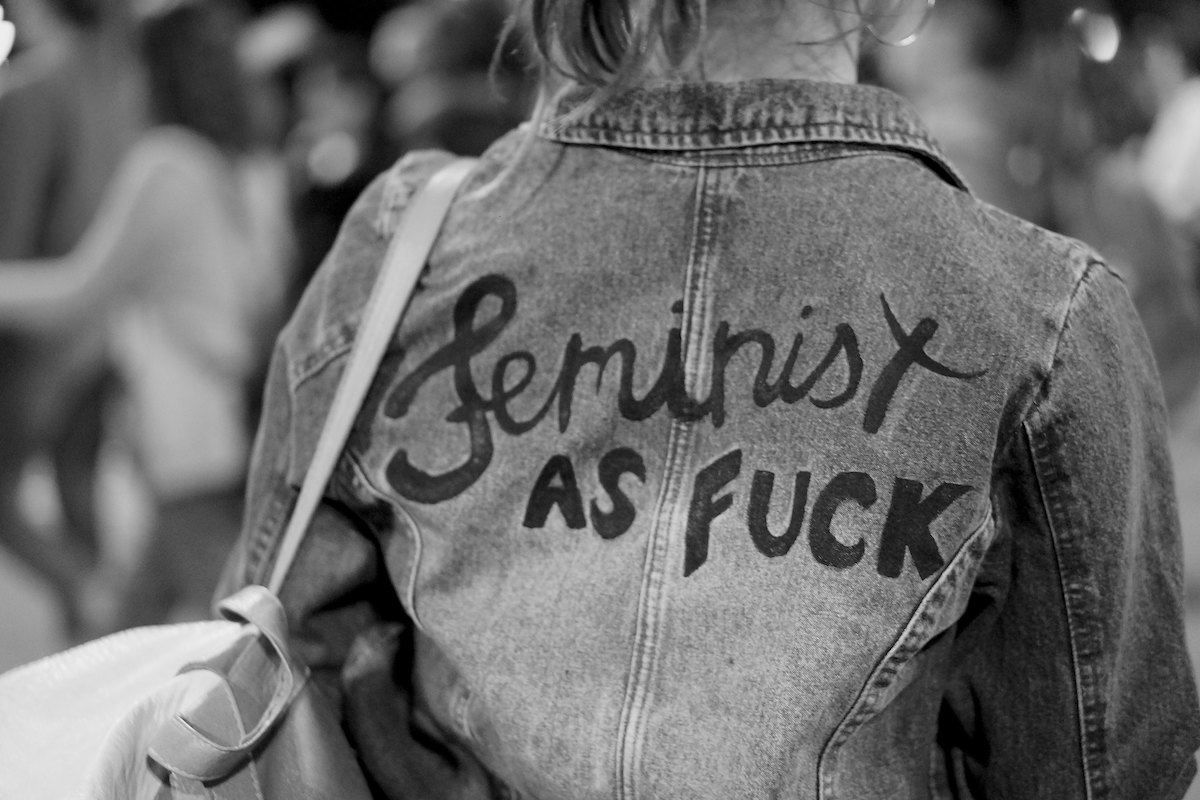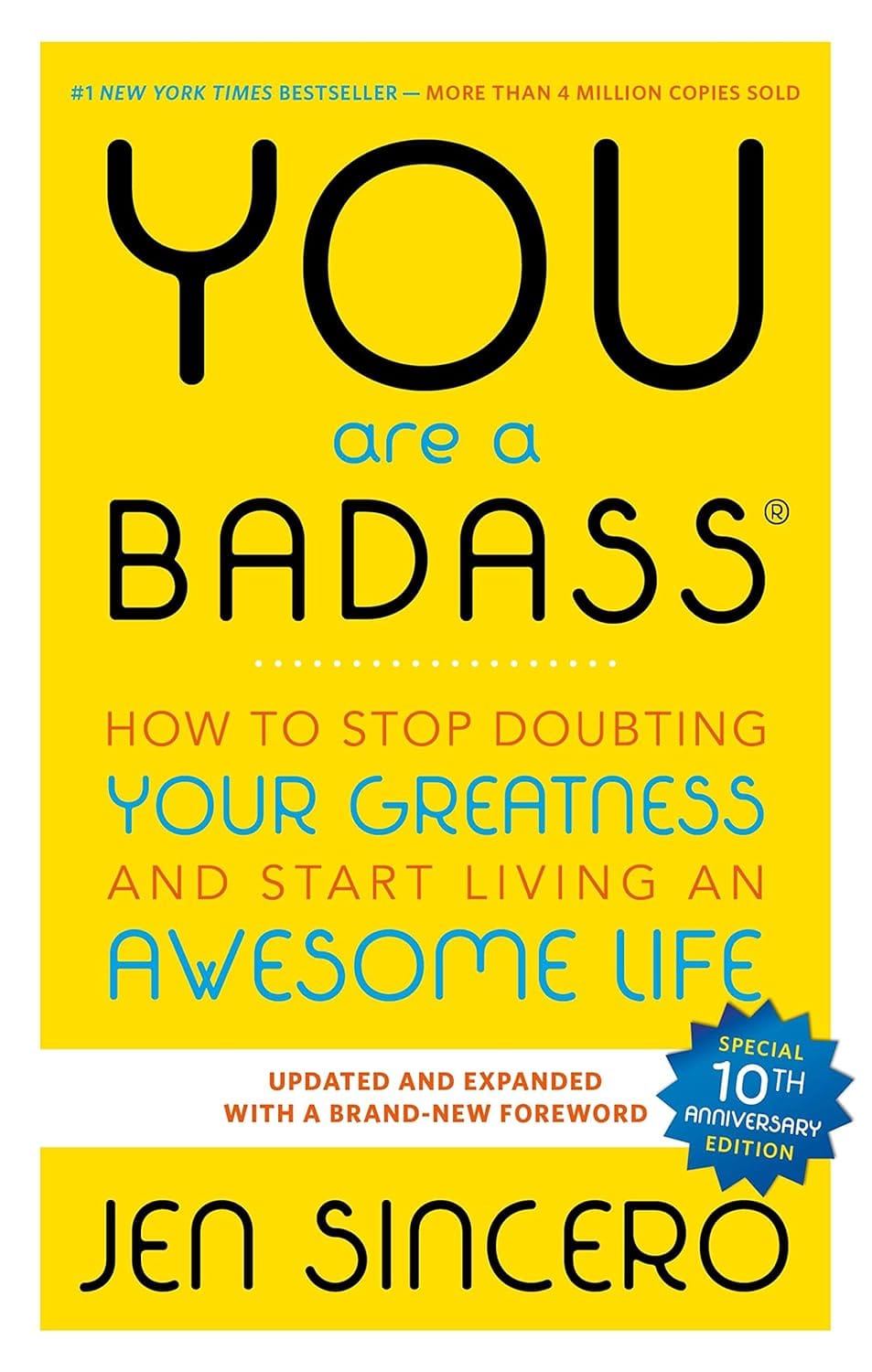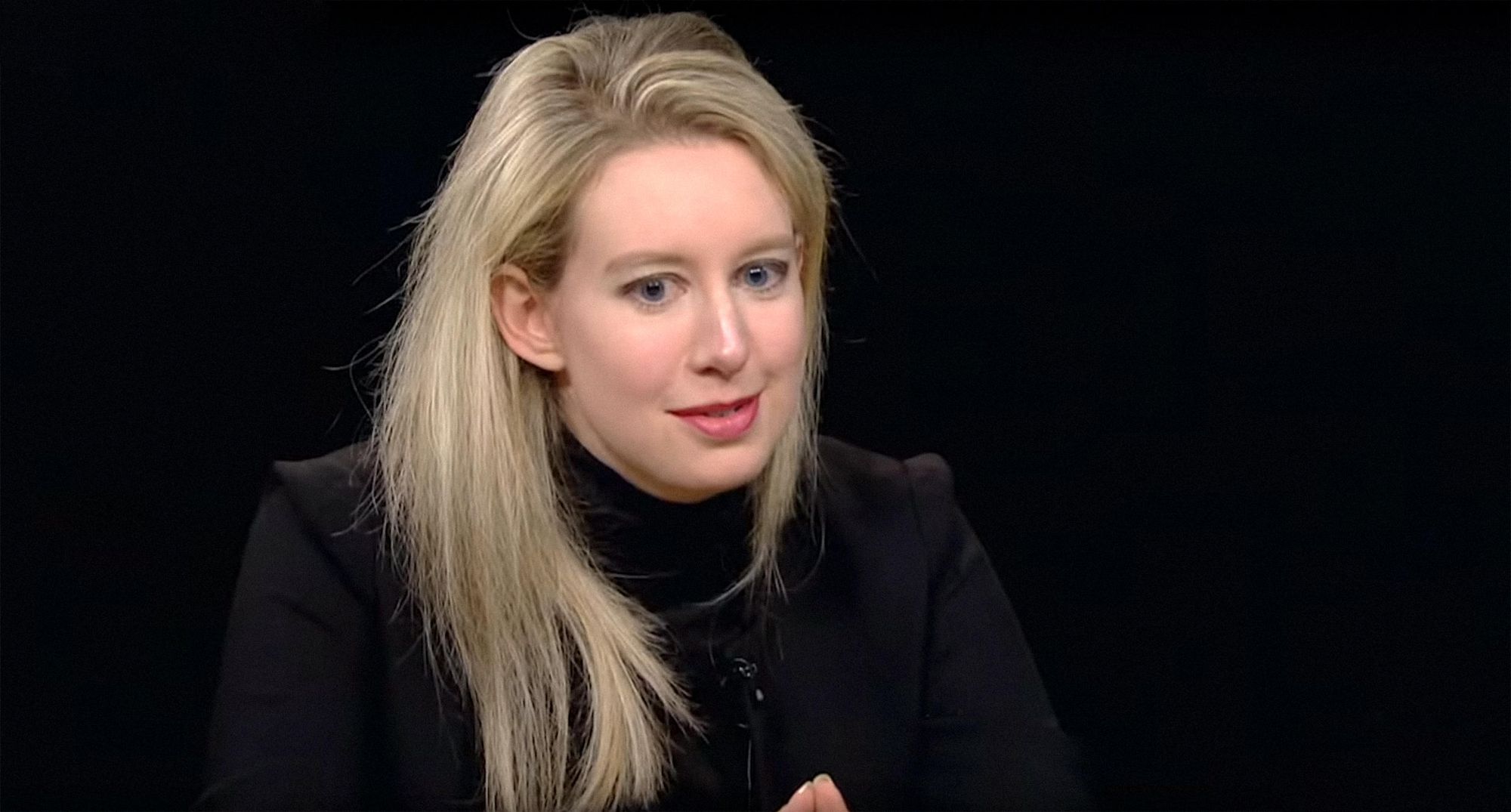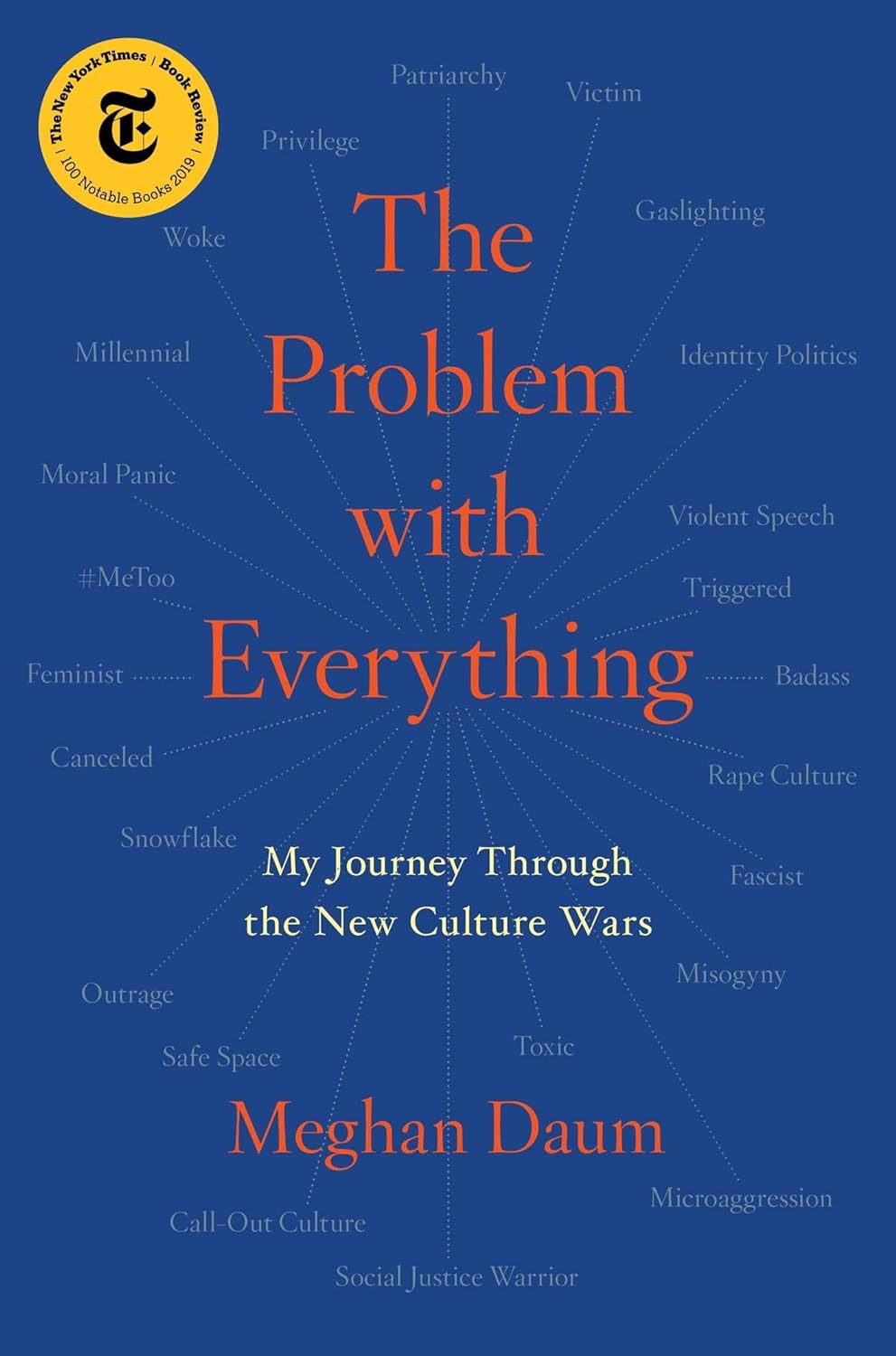Activism
Please Stop Calling Yourself a 'Feminist Badass'
Calling yourself a badass doesn’t convey anything other than the distinct impression that you are, in fact, the opposite of a badass.

I am the feminist who gets accused of “pearl clutching” in response to flagrant and reflexive uses of the word “fuck” and endless repeats of the word “vagina.” I don’t own a pair of pearls. But I’ll tell you why this vernacular makes me cringe. It’s not that it’s embarrassing as much as it’s a way of gesturing at being radical without really being radical at all. It’s a kind of shorthand edginess, which means it’s a shortcut to edginess. It’s essentially the ideological version of buying the Ramones’ Hey Ho Let’s Go: Greatest Hits and no other Ramones records and still calling yourself the biggest Ramones fan in the world.
Saying “fuck” all the time is meant to convey a resistance to stuffy idiomatic convention. Saying “vagina” again and again is meant to convey body positivity; it’s a standoff with shame. Or at least it’s supposed to be. More often it isn’t. Saying these words all the time doesn’t convey edginess as much as lack of imagination. Posting “fuck Trump” on Facebook every five minutes doesn’t convey political resistance as much as verbal atrophy. Calling yourself a badass doesn’t convey anything other than the distinct impression that you are, in fact, the opposite of a badass.
Let’s consider the case—or at least the memeification—of the badass for a moment. The badass is—and in many ways remains—the face of fourth-wave feminist sanctimonium, the symbol of all that is righteous and unassailable about modern womanhood. She is the state-of-the-art version of liberated femaleness, the ne plus ultra of self-sovereignty and zero fuck giving. The best thing about the badass club is that just about any female possessed of a scintilla of self-sufficiency can qualify. Once upon a time, when the word was rarely used, you more or less had to escape captivity in North Korea or sit in a Greenpeace raft in the Southern Ocean facing down the harpoon of a Japanese whaling ship in order to be designated a badass. Today, no such bells and whistles are required. A woman need only take it upon herself to educate a man on the ways in which he is mansplaining, wear a “Nasty Woman” T-shirt, or just say the word “vagina” a lot, and she, too, will be conferred badass status.
If that’s still too much, it’s entirely acceptable to just proclaim yourself a badass and be done with it. This can be accomplished on Twitter with a #badass hashtag—“Sometimes just getting through the day as a woman feels like competing in an Ironman triathlon #badass”—or in real life by looking in the mirror and congratulating yourself for holding down a job or paying your rent on time. Because, Lord knows, getting out of bed and going to work every day requires more than just a modicum of personal drive; it means facing down the patriarchy at every turn.

There are at least two major categories of badass. There’s the hip indie version and the slick corporate version. Like the word “feminist” itself, “badass” has been sanitized, branded and commodified. It can now be found on coffee mugs and key chains, and as entire boards on the kinds of Pinterest accounts that also have boards for skinny jeans and nameplate necklaces (“badass” itself being an especially popular name on such plates). I would not be at all surprised to sort through the offerings at a fitness-studio boutique and find, among workout clothing bearing phrases like “Spiritual Gangster,” an $80 tank top reading “Badass.” The author Jen Sincero has a massively successful franchise built around her breakout self-help book, You Are a Badass, which admittedly I read one night in a single sitting and then lay awake for hours in a kind of sugar coma of amorphous ambition to change my life. (I awoke the next morning so sleepy that I hit the snooze button several times before finally rising from my perpetually unmade bed and facing my perpetually unchanged life.)

When they are not opining on Twitter about the gender wage gap or posting makeup-free (“because DGAF!”) selfies on Instagram, badasses take to the streets. They pull out their phones and snap photos of men who take up too much room on subway seats, then post the photos on social networking accounts created for the very purpose of shaming such men. They capture video of street harassers, which they share on social media to a chorus of exuberant and indignant approval. They start Tumblr blogs like Straight White Boys Texting, which gathers particularly gross and inappropriate text messages from men (often in the context of dating apps) and displays them for badasses all over the world to see and pillory. If anyone suggests that this sort of mockery and dismissal amounts to sexism against men, they let out a collective howl of laughter in the form of “ironic misandry.” That would include quips like “boys suck,” “kill all men,” and, most notably, “I bathe in male tears,” a phrase that has made its way onto coffee mugs, T-shirts, and needlepoint pillows and has been called the contemporary version of the 1980s catchphrase “This is what a feminist looks like.”
The “male tears” meme emerged sometime around 2012 as a response to men’s rights activists who accused feminists of misandry, and the term gained further viral traction when feminist writer Jessica Valenti (who’s technically a Gen Xer but has legions of millennial fans) fought back against some Twitter bullies by tweeting a photo of herself wearing a shirt that read “I bathe in male tears.” The idea behind this meme is that it’s not an earnest bashing of men but an in-joke among social-media-savvy women. It represents a kind of radical indifference to men and anyone else who just doesn’t get it. Writing about this phenomenon in Slate in 2014, Amanda Hess conceded that she was “too shy for message T-shirts and too square for Instagram memes,” but was still grateful to have ironic misandry as one of many tools for dealing with culturally ingrained misogyny.

“Some sexist provocations are too tiresome to counter with a full-throated feminist argument,” Hess wrote. “Sometimes, all you need is a GIF.”
Hess, who has written stories that I admire a great deal, is about fifteen years younger than I am. I couldn’t agree more with the first sentence of that quote and couldn’t agree less with the last. When it comes to tiresome sexist provocations, we’d all do well to shut our mouths and throats and (how’s this for an idea?) our ears.
As I see it, the eye-roll GIF is the most cavalier and snot-nosed form of retort since “talk to the hand.” If you disagree with someone on ideological grounds, the reasonable response is to either lay out your own argument or, if the provocation is indeed too tiresome, disengage altogether. Disengaging does not make you, as they say now, “complicit in oppression” (or, as we used to say, “part of the problem”). It suggests you have better things to do, which, let’s face it, is the kind of suggestion that drives Twitter trolls and ideological opponents berserk. I can’t for the life of me see why a GIF of Emma Stone rolling her eyes in disgust is considered a substitute for a counterargument. I don’t see how saying “fuck” all the time makes you sound tough when it’s actually laziness incarnate.
While we’re here, let’s talk about “fuck” for a moment. Any self-respecting badass knows that it’s mandatory to use it, or some variation of it, at least every six and a half seconds. And why not? What an indispensable multitasker of a word it’s become! No longer relegated to that marginalized category once known as profanity, “fuck” now wears many syntactical hats and is a staple of the badass vocabulary.

In addition to being a fun way to embed a little malediction into an otherwise austere word (see “patri-fucking-archy”), “fuck” is now a synonym for “care” (“care” as noun, that is, as in “having a care”). It achieved this status by passing through the ranks of interchangeability with “damn” and “shit” (as in “I don’t give a”). As anyone can see, “damn” and “shit” used in this context are poor substitutes for the power and implied political wokeness of “fuck.” Can you imagine if Rhett Butler had said to Scarlett O’Hara, “Frankly my dear, I don’t give a fuck”? Instead of embodying the essence of toxic masculinity, he’d come across as a cool blogger. Or a person with a lot of Instagram followers—a fuckton of followers even.
To quote film critic Anthony Lane mocking Yoda’s blathering New Age syntax in a review of Star Wars: Episode III—Revenge of the Sith, “Break me a fucking give.”
This is not about me clutching my pearl necklace in horror over the use of “fuck.” I don’t own a pearl necklace and, if you must know, most of my other necklaces are tangled together in a drawer because I’m still bad at being a girl and don’t know how to properly store my jewelry. This is about the ways in which badass feminism feels, paradoxically, like a pink aisle at a toy store. It feels like a feminism that has been preselected for mass consumption, distributed by social media algorithms, and, above all, brilliantly engineered to tap into our most narcissistic weaknesses while masquerading as strength. Like those pink toys, it can make you feel a little sick even as you feel like part of the in-group. And, let’s face it, no matter how much you think you’re above such concerns, the desire to be—and to remain—in the in-group is still a driving force in female life.

I was bad at being a girl, and now I’m bad at being a woman. I don’t do many of the things that women are supposed to do. Worse, I don’t feel many of the things women are supposed to feel. Some of those things, like taking care of children—like feeling the desire to take care of children—are old news when it comes to feeling like you’re doing things wrong. That’s introductory-level Failing as a Woman, and I completed that course long ago (I’d like to think I got an A-plus, if that’s not too oxymoronic). What I’m faced with now is a failure to be the right kind of feminist during a time when we’re told we can’t afford the wrong kind.
Where I have failed is that I’m not an emergency-response feminist. I am not wearing the ovary sweater and the pussy hat flashing siren lights. I am not refraining from criticizing the #KillAllMen brigades on the grounds that there’s a war going on and we can’t afford any breaks in the ranks. Instead, I’m asking if this is really what feminism should look like.

Copyright 2019 by Meghan Daum. Excerpted with permission from The Problem With Everything: My Journey Through The New Culture Wars, published by Gallery Books, an imprint of Simon & Schuster.






